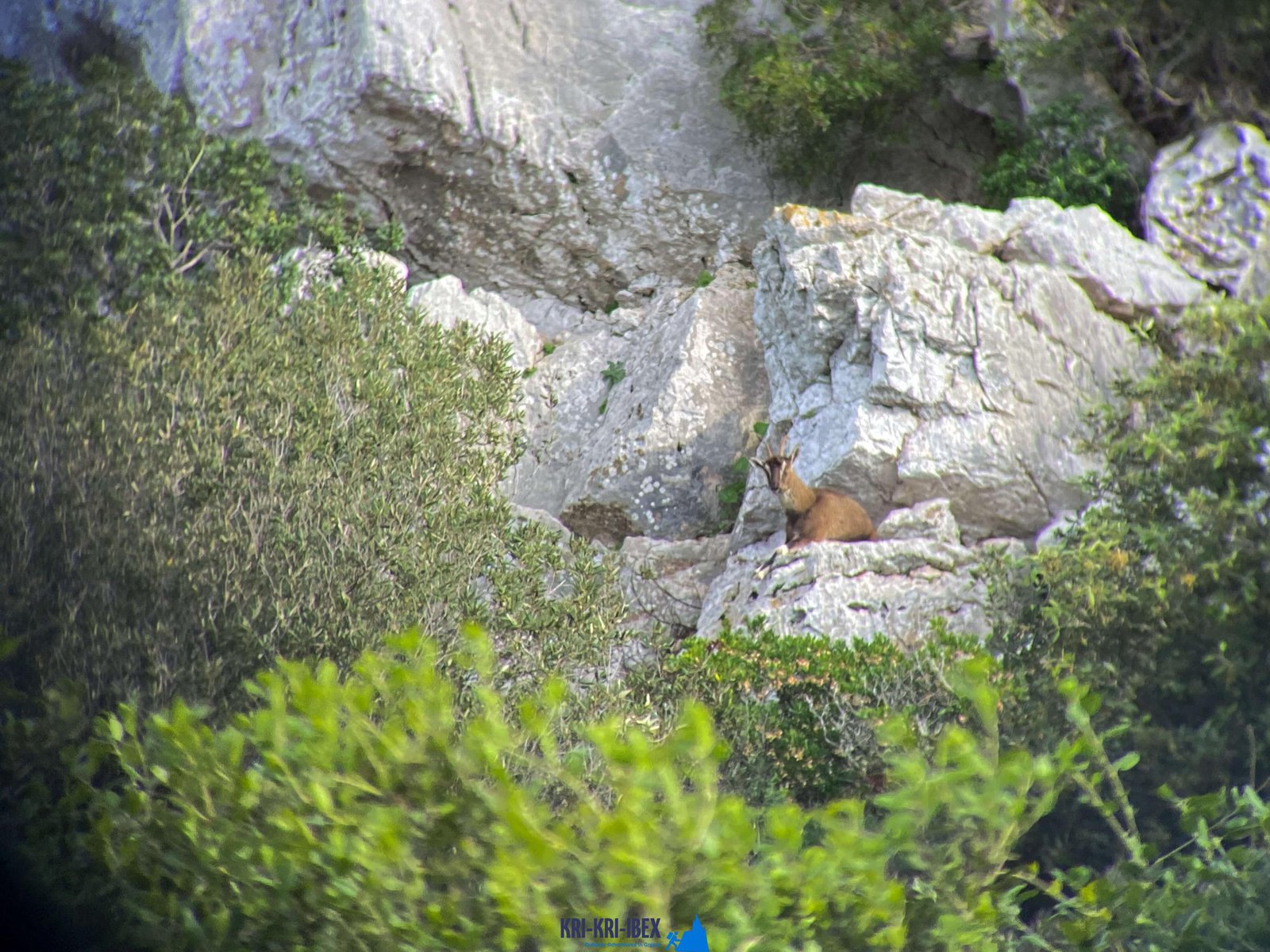
The Peloponnese peninsula on the Greek Mainland is frequently described as the 'real' Greece. This is because it has actually taken care of to remain reasonably untouched by mass tourism as well as preserves much of its traditional appeal. Peloponnese is the area for you if you're looking for an authentic Greek experience. As well as what far better way to discover this attractive area than on among our exterior hunting, fishing, and also complimentary diving excursions?

The number of tags rises and fall as well due to the fact that the ibex populace is ever-changing. The Kri-Kri, despite being the smallest ibex in terms of body weight (Capra Aegagrus Cretica), has long. A few samplings that were not counted measured 115 centimeters. The gold trophy is 61 centimeter (24 inches) in size. Searching of Kri-Kri ibexes, is presently permitted on Atalanti and also Sapientza in Greece (Capra Aegagrus Cretica). Beginning on Atalanti in the last week of October as well as the initial week of December, ibex hunting is permitted. Searching is permitted the whole month of November in Sapientza, as long as the weather condition is favorable.
Our outside searching, angling, and free diving tours are the best way to see every little thing that Peloponnese needs to offer. These excursions are designed for tourists who intend to get off the beaten path and really experience all that this incredible region has to offer. You'll get to go hunting in several of the most gorgeous wilderness areas in Greece, fish in crystal-clear waters for a selection of various varieties, as well as totally free dive in some of the most sensational coastline in the Mediterranean. And also most importantly, our seasoned overviews will be there with you every step of the means to ensure that you have a enjoyable and also secure experience.
Experience 'Real' Greece with Our Peloponnese Tours. Look no additionally than our Peloponnese scenic tours if you're looking for a genuine Greek experience. From old ruins and also castles to scrumptious food as well as a glass of wine, we'll show you every little thing that this impressive region has to provide. So what are you waiting for? Schedule your journey today! Your Kri Kri ibex hunting in Greece is right here!
What is the diference between Kri Kri ibex, Bezoar ibex and hybrid ibex
The kri-kri is not thought to be indigenous to Crete, most likely having been imported to the island during the time of the Minoan civilization. Nevertheless, it is found nowhere else and is therefore endemic to Crete. It was common throughout the Aegean but the peaks of the 8,000 ft (2,400 m) White Mountains of Western Crete are their last strongholds–particularly a series of almost vertical 3,000 ft (900 m) cliffs called ‘the Untrodden’—at the head of the Samaria Gorge. This mountain range, which hosts another 14 endemic animal species, is protected as a UNESCO Biosphere Reserve. In total, their range extends to the White Mountains, the Samaria National Forest and the islets of Dia, Thodorou, and Agii Pandes.
This Ibex is NOT a diminutive form of the Bezoar Ibex, which has migrated into the western-most reach of the range of this species. The kri – kri (Capra aegagrus cretica), sometimes called the Cretan goat, Agrimi, or Cretan Ibex, is a feral goat inhabiting the Eastern Mediterranean, previously considered a subspecies of wild goat. The kri-kri has a light brownish coat with a darker band around its neck. It has two horns that sweep back from the head. In the wild they are shy and avoid tourists, resting during the day. The animal can leap some distance or climb seemingly sheer cliffs.
“The agrimi goat Capra aegagrus cretica is unique to Crete and its offshore islands. It has been identi®ed as a sub-species of the wild bezoar goat Capra aegagrus aegagrus Erxleben, 1777, which it closely resembles in horn shape, body form and coloration. This classi®cation has been disputed by some researchers who claim that the agrimi are feral goats, derived from early domestic stock brought to the island by the ®rst Neolithic settlers. In order to clarify this issue, DNA analyses (cytochrome b and D loop sequences) were carried out on tissue of live and skeletonized agrimi and compared to sequences of wild and domestic caprines. Results conclusively show the agrimi to be a feral animal, that clades with domestic goats (Capra hircus) rather than with wild Asiatic bezoar. This study demonstrates that morphometric criteria do not necessarily re¯ect genetic af®nities, and that the taxonomic classi®cation of agrimi should be revised.”